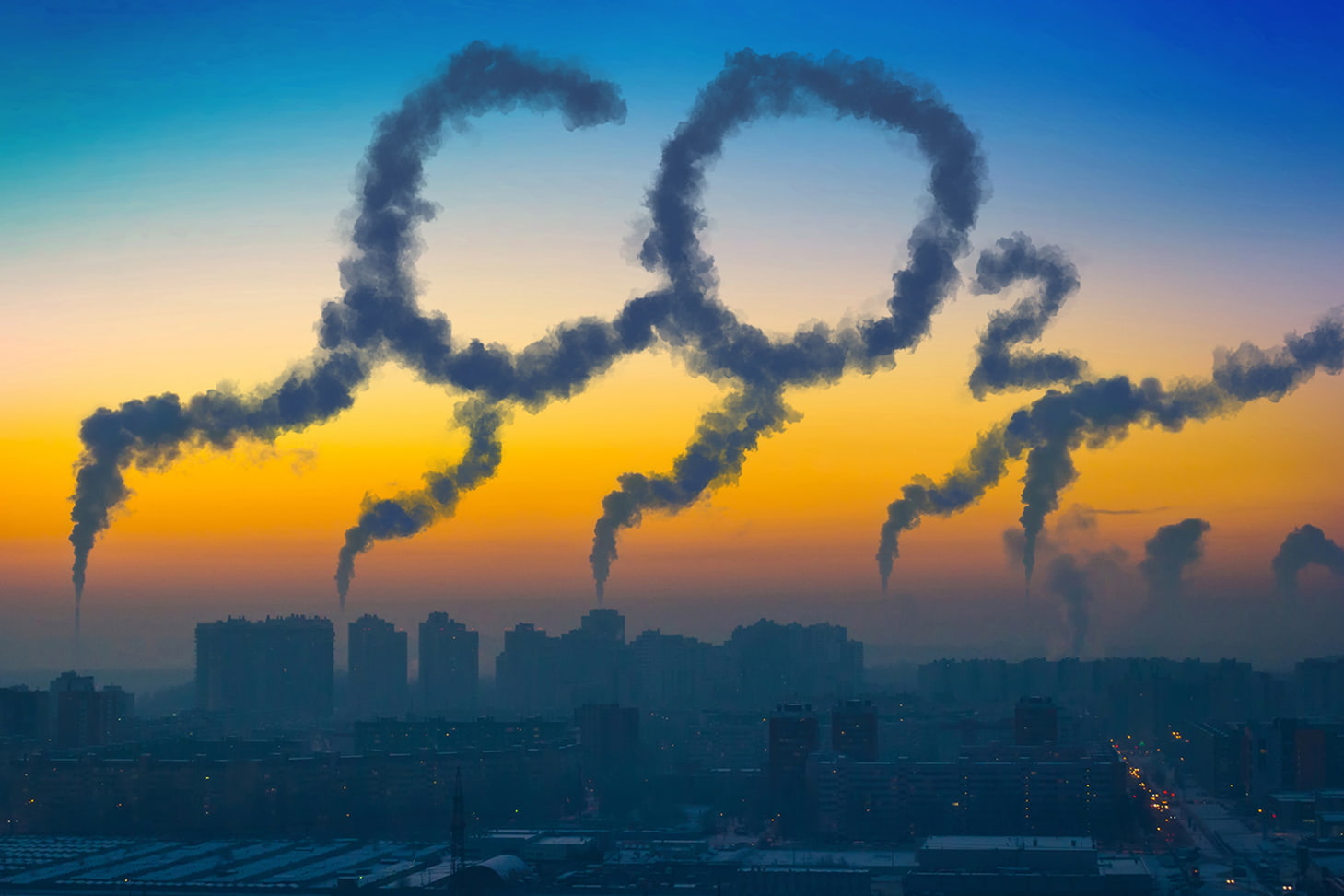- Share
- Share on Facebook
- Share on X
- Share on LinkedIn

Project context
One of the most important challenges facing our society today is the reduction of the concentration in the atmosphere of carbon dioxide (CO2), the main greenhouse gas that influences the climate by contributing to global warming. CO2 emissions are both of natural and anthropogenic origin, the latter being the result of human activities, mainly related to the agricultural, industrial sector, transportation and housing. CO2 plays a special role in the carbon cycle because it is its most oxidized form and a near-inert compound. Human activities based almost exclusively on oxidation/combustion emit too much CO2 for ecosystems to absorb, thus unbalancing the carbon cycle and causing an inexorable increase in atmospheric CO2 concentration.
Three leverages are currently in place to contain, or even reduce, the concentration of CO2 in the atmosphere: reduction of CO2 emissions, CO2 capture and permanent storage (CCS), and capture and reuse of CO2 through its chemical transformation to close the carbon cycle. It is on this last leverage, carbon capture and utilization (CCU), that our project focuses. DefiCO2 aims to develop disruptive technologies that will enable large-scale applications, while ensuring their positive impact on the environment and also has the advantage of creating a virtuous circle through the principles of the circular economy, with positive effects on global growth and development.

Scientific, technological and methodological questions, socio-economic issues
The valorization of carbon dioxide (CCU strategy) consists in considering CO2 as a raw material that can be captured and used to synthesize a number of products (fuels, commodity chemicals, industrial chemical building blocks…). This approach should thus reduce the carbon footprint for industrial or energy processes. However, the CO2 molecule is a very stable molecule, difficult to capture, activate and transform. Indeed, separating CO2 from other gases, breaking it down or binding it to any other supports requires a lot of energy!
Capturing CO2 is expensive in terms of energy.
It is more cost-effective to capture it at point sources (large carbon-based energy plants, highly CO2-emitting industries, etc.) than to extract it from the air because its low concentration (around 400 parts per million) makes the process expensive. Different technologies are currently developed, including absorption, adsorption, chemical looping, membrane gas separation or gas hydration. But they all suffer from high energy costs and therefore an unsatisfactory environmental impact.
Lack of available technologies for industrial CO2 transformation.
Currently, the CCU approach is not commercially available, as the technology is simply not available, at scale, anywhere in the world. While the CCS approach is already available on an industrial level, it has been developed in a climate of urgency with short-term solutions. However, CCU represents a longer-term, more sustainable strategy and contributes to the political commitment to develop an industrial sector based on the circular economy.
Lack of shared sociotechnical and economic vision.
For the valorization of CO2 to support a circular and climate-neutral economy, it is essential to define guidelines enabling a common understanding of how to assess the environmental impacts of CCU technologies to design an appropriate policy framework, evaluate proposals, avoid utilization of non-relevant indicators, and define risk-sharing measures to develop appropriate funding for technology development along the value chains (at all TRL: technology readiness levels).
- Share
- Share on Facebook
- Share on X
- Share on LinkedIn